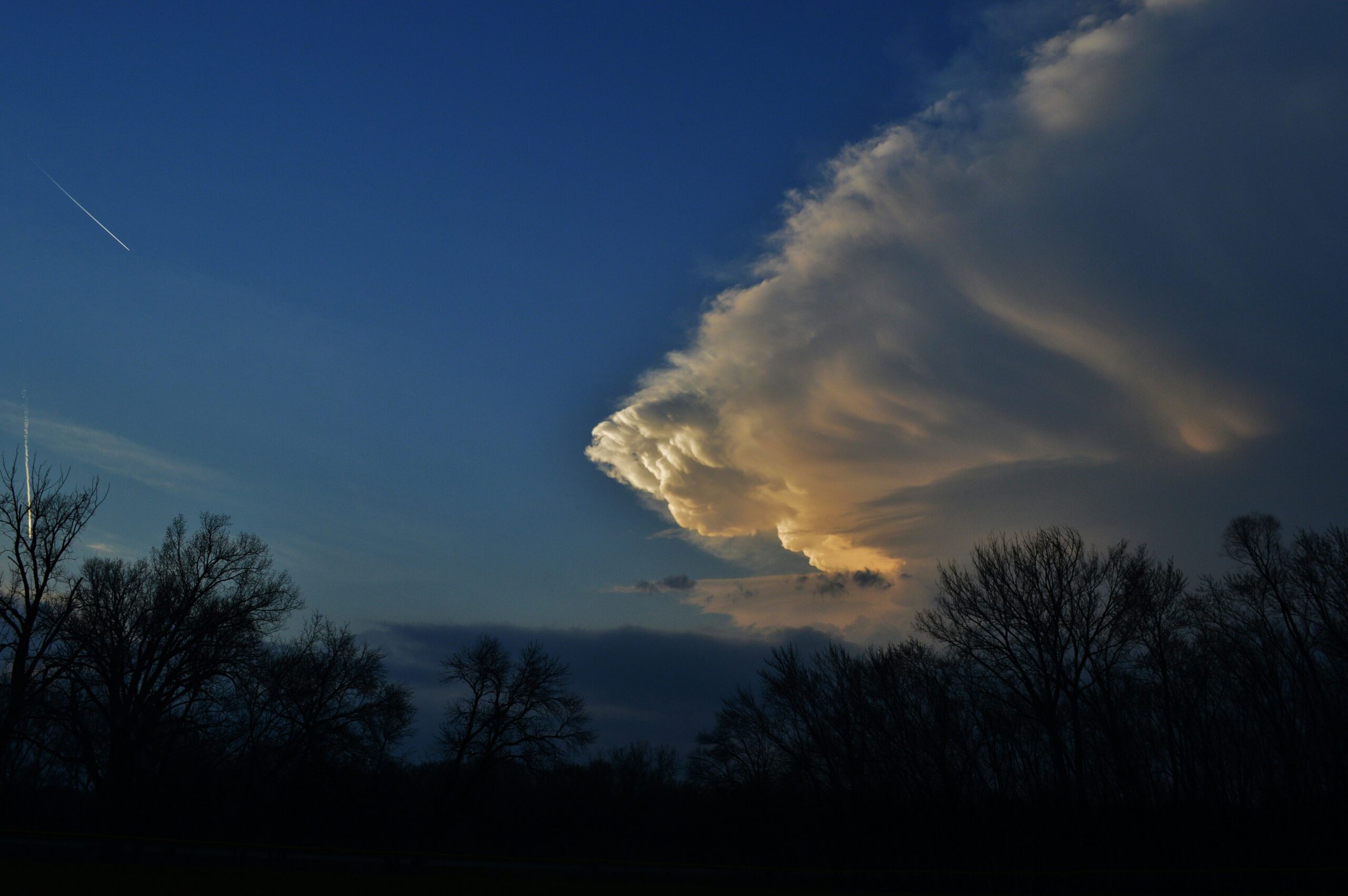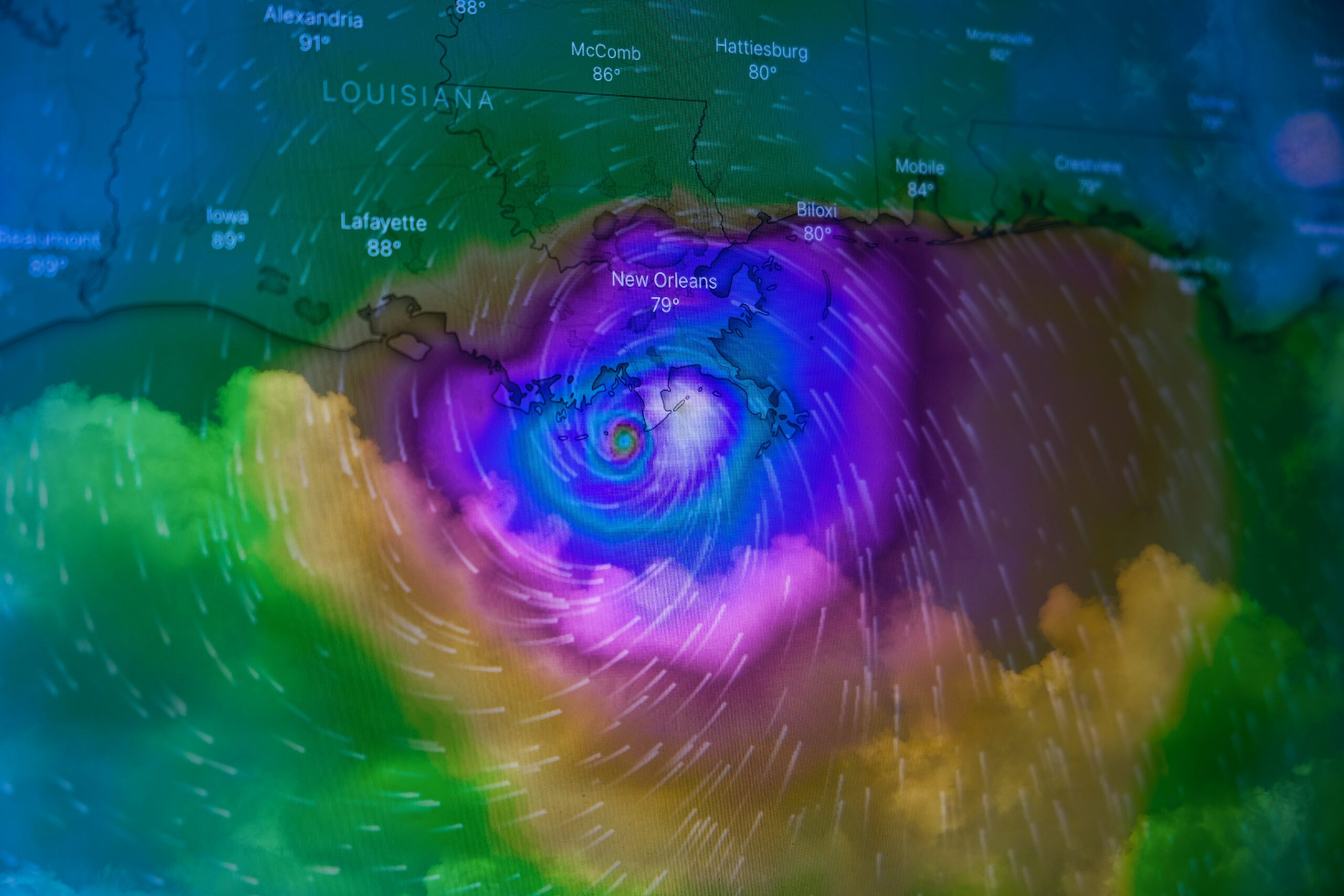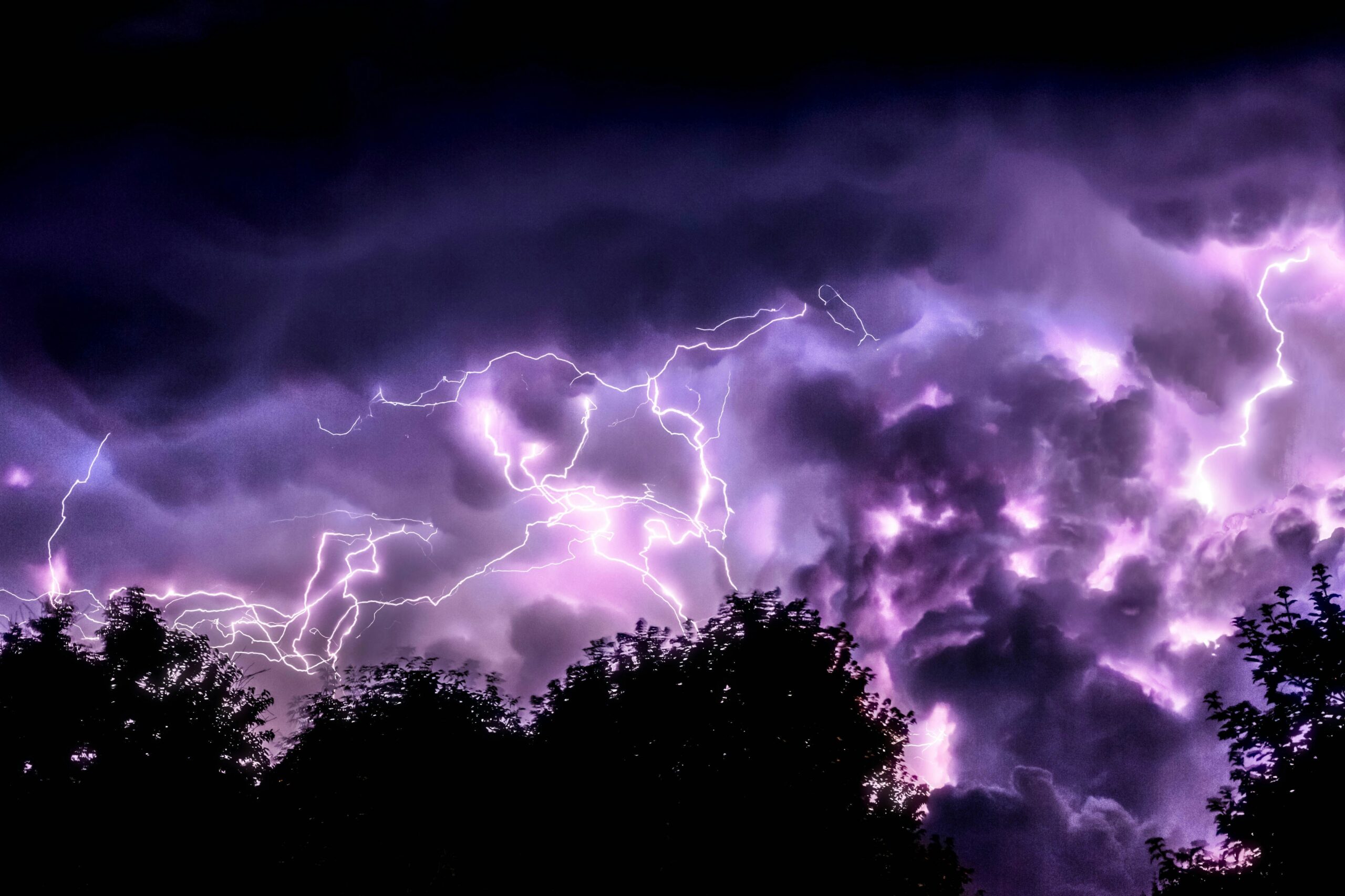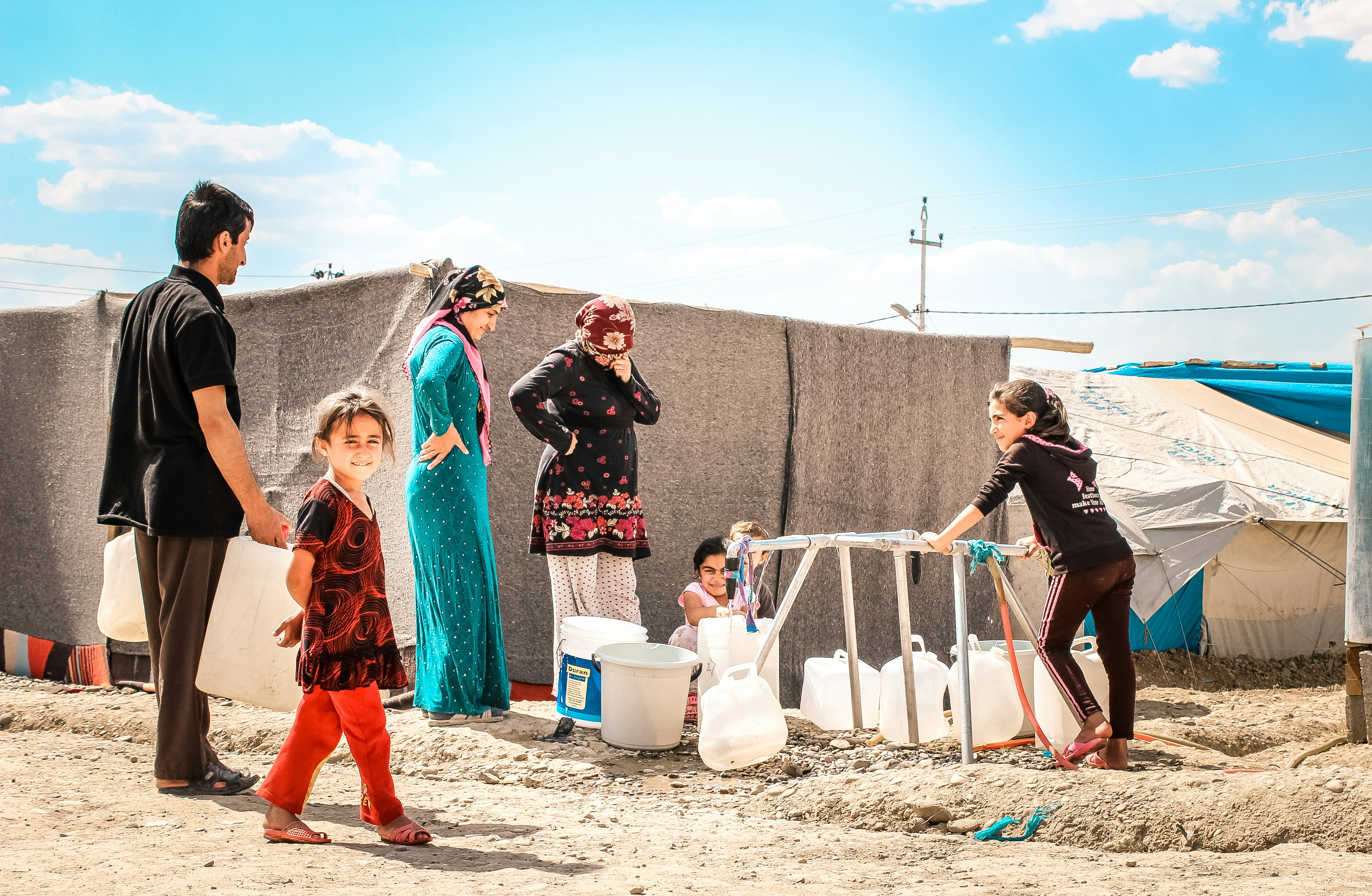Chilly Weather Advisory: Understanding the Impact of Bitter Cold and Strong Winds
The Bitter Cold: Current Weather Conditions
The current weather conditions in the region are marked by an extraordinary chill, with temperatures dropping significantly in recent days. An extreme cold warning has been issued, indicating that residents should expect bitterly low temperatures that can pose serious risks. The mercury has plummeted to levels not often experienced, forcing many communities to reconsider their daily routines. The combination of freezing temperatures and strong winds has resulted in wind chills that feel even colder, amplifying the discomfort and potential hazards.
These extreme cold conditions have various impacts on daily life. Many residents are faced with the challenge of adjusting to the severe weather, leading to alterations in schedules and outdoor activities. Essential services, such as transportation, may also be affected, as roads become treacherous and visibility decreases. Moreover, schools and businesses may adjust hours or close entirely in response to the extreme cold warnings issued by meteorological agencies.
Residents are advised to take proactive measures to safeguard themselves during these harsh conditions. Proper winter clothing, including insulated layers and waterproof outerwear, is crucial to protect against frostbite and hypothermia. Preparing homes for the cold is equally important; ensuring that heating systems are functional and that proper insulation is in place can mitigate the risks associated with extreme temperatures. Furthermore, staying informed about weather updates and heeding advisories can help individuals make smart decisions about travel and outdoor activities.
As the region faces these exceptionally low temperatures, it is essential for everyone to remain vigilant and take necessary precautions to navigate through this chilling season safely.
Gusty Winds: A Closer Look at Wind Speeds
As we navigate through a period marked by an extreme cold warning, the implications of gusty winds cannot be understated. Sustained winds in the range of 40 to 50 mph are currently affecting our region, amplifying the challenges posed by the lower temperatures. These high wind speeds can significantly exacerbate hazardous conditions, making an already uncomfortable situation even more perilous.
One of the primary concerns associated with such powerful winds is their potential to cause structural damage. Wind gusts of this magnitude can uproot trees and exceptionally strong winds can contribute to downed power lines, leading to power outages that may last for extended periods. Residents must take precautions to ensure safety and preparedness in light of these weather phenomena. For instance, securing outdoor objects that may be susceptible to being displaced can mitigate the risk of damage to property and injury to individuals. Additionally, avoiding travel unless absolutely necessary can help prevent accidents on the roads, which may be compromised by falling debris or reduced visibility due to harsh wind conditions.
Furthermore, the combination of high winds and low temperatures can lead to dangerous wind chill factors, increasing the risk of frostbite and hypothermia. It is essential for individuals to dress appropriately for the weather by layering clothing and utilizing wind-resistant outerwear. The importance of staying indoors and minimizing exposure to the elements cannot be emphasized enough, particularly during periods when an extreme cold warning is issued. By recognizing the impact of gusty winds and taking necessary safety measures, residents can navigate this frigid weather with greater caution and preparedness.
Power Outages: An Ongoing Challenge
As winter approaches, the threat of severe weather manifests not only through extreme cold warnings but also through power outages. These outages often occur due to downed power lines which can be caused by a combination of heavy snow, ice accumulation, and strong winds typical of frigid conditions. Residents need to stay informed and prepared, as power outages can significantly disrupt daily life.
When faced with potential blackouts, it is crucial for residents to understand their vulnerabilities and plan accordingly. Having an emergency kit that includes essentials such as flashlights, batteries, a first-aid kit, and non-perishable food can make a significant difference during power outages. Additionally, a battery-powered or hand-crank radio can help residents stay updated with weather forecasts and emergency information regarding the extreme cold conditions and any community resources that are being employed.
In many communities, local government and utility companies provide resources to support those affected by power outages. This includes notifying residents of expected blackout areas and creating plans for restoring power. Residents should also familiarize themselves with their utility company’s emergency contact information and report any downed lines or outages promptly. During severe weather events, knowing which shelters are available can provide crucial assistance, especially for vulnerable populations.
Furthermore, residents living in areas prone to extreme cold should consider utilizing generators as a backup power source. However, it is vital to operate these devices safely to avoid carbon monoxide poisoning or electrical hazards. By taking these precautions and remaining vigilant during harsh weather conditions, residents can mitigate the impact of power outages and feel more secure even amidst the challenges posed by bitter cold and strong winds.
The Wind Advisory: Understanding Its Importance
In Northern Connecticut, wind advisories play a crucial role in informing residents about potentially hazardous weather conditions. These advisories serve as alerts that high winds are expected, which can create significant risks to safety and property. Typically, a wind advisory is issued when sustained winds reach 20 to 30 miles per hour, or when gusts exceed 40 miles per hour. It is essential for local communities to understand the criteria that lead to these advisories, especially during periods when extreme cold warnings are also in effect.
The impact of strong winds can be multifaceted. Firstly, they can lead to dangerous travel conditions, affecting vehicles, bicycles, and pedestrians alike. High winds can make it difficult for drivers to maintain control, particularly in larger vehicles or when navigating overpasses and bridges. Additionally, stronger winds can exacerbate the feeling of cold in an already frigid environment, leading to an increased risk of frostbite and hypothermia for those exposed to the elements without adequate protection. This phenomenon, known as wind chill, can happen swiftly when extreme cold warnings are issued alongside a wind advisory.
Residents must heed the warnings associated with wind advisories in order to minimize potential dangers. This includes securing outdoor objects that could become dangerous projectiles in windy conditions, such as garden furniture or signage. Furthermore, individuals should be aware of the potential for downed power lines and falling trees, which can cause widespread outages and injuries. The importance of staying informed through local weather updates cannot be overstated, especially during weather events characterized by severe cold and wind. Understanding and responding to wind advisories is vital in ensuring the safety of individuals and the community as a whole.
Expected Weather Trends: Tomorrow’s Conditions
As we look ahead to tomorrow’s weather, a significant shift towards extreme cold is anticipated. Forecasts indicate that temperatures will plummet into the 20s, presenting a harsh reality for many. Compounding this chilling situation is the expected wind, which will exacerbate the cold, resulting in wind chills that may fall into the single digits or even the teens. Such atmospheric conditions necessitate immediate attention and preparation, particularly for individuals exposed to outdoor elements.
These bitter temperatures can have profound implications on both human health and daily activities. Prolonged exposure to severe cold can lead to conditions like hypothermia and frostbite. Therefore, it is crucial to dress in layers, ensuring that skin is adequately protected from the harsh elements. Utilizing insulated clothing, including hats and gloves, can play an essential role in maintaining body heat and safety.
Moreover, individuals should be cautious while commuting. Roads may become icy, resulting in hazardous travel conditions. It is recommended that individuals allow additional time for their journeys and consider utilizing public transport where feasible to minimize their exposure to the extreme cold warning.
Staying indoors is advisable when conditions become severe. If one must venture outside, short trips should be prioritized, and physical activities should be minimized. Taking regular breaks indoors can help prevent overexposure and keep warmth as a priority. Additionally, ensuring that heating systems are functional and that homes are adequately weatherproofed can help create a safe haven from the biting cold expected tomorrow.
In summary, tomorrow’s weather will bring a notable shift characterized by extreme cold conditions and strong winds. Preparedness is key to safely navigating such challenging weather. Keeping warm and taking safety precautions will be essential in ensuring wellbeing during this time of bitter cold.
The Southward Storm: Why It’s Not Affecting Us
The weather forecast for Thursday indicates the arrival of a significant storm system that has raised eyebrows regarding potential impacts. However, upon closer examination, it is clear that this particular storm will primarily track toward the southern regions, leaving our area largely unscathed. Understanding the dynamics of such storm systems is essential in interpreting why some weather events, such as extreme cold warnings, do not uniformly affect all regions.
Storm systems are influenced by various factors, including jet streams, pressure systems, and geographical features. In this case, a strong dip in the jet stream is expected to steer the storm southward, causing it to lose its potency as it approaches our area. While the southward trajectory means that severe weather may be imminent for those in the storm’s path, our locality will likely experience milder conditions instead. Consequently, the likelihood of extreme cold events occurring here as a result of this particular storm is minimal.
For skeptics concerned about the potential shift in the weather patterns, it is crucial to remain informed through reliable weather sources. Regular updates from meteorological services allow individuals to track changes in forecast models and understand how storm paths may alter over time. By keeping an eye on these updates, residents can better prepare for any potential shifts, especially as extreme cold warnings can often accompany unexpected weather changes even when specific storms are not directly impacting the area.
Understanding these meteorological intricacies helps demystify the reasons behind certain weather forecasts. Therefore, while this storm may not affect us directly, it is vital to stay alert and informed as conditions can evolve rapidly, and the possibility of severe weather, even if less likely, should always be taken seriously.
Cold Weather Safety Tips
When an extreme cold warning is issued, it is essential to take proactive measures to ensure safety for yourself and your community. Dressing appropriately is one of the most effective strategies to combat bitter cold. Layering clothing is recommended, as it allows for better insulation and helps trap body heat. Choosing materials such as wool or synthetic fibers, which retain warmth even when wet, is crucial. It is advisable to wear a wind-resistant outer layer to shield oneself from the damaging effects of icy winds.
Additionally, do not neglect extremities; wearing insulated gloves, hats, and thermal socks can prevent frostbite. A well-fitted scarf can protect the face from severe cold temperatures.
In terms of safeguarding your living environment during extreme weather conditions, proper preparation is vital. Ensure your home is adequately insulated to retain heat. Check windows and doors for drafts and use weather stripping or insulators to minimize heat loss. Keeping a supply of food, water, batteries, and medications is also wise in case of power outages or road closures. Having a working carbon monoxide detector is essential, especially if heating systems are being used.
Engaging in community safety efforts can further enhance overall preparedness. Communication with neighbors about each other’s welfare can foster a sense of solidarity during extreme weather. Participation in community-driven initiatives, such as checking on the elderly or those with mobility challenges, is essential for public safety. Local authorities and emergency services often provide updates during severe weather, so staying informed through reliable sources can ensure you are prepared for any situation that arises during a cold weather emergency.
Community Responses and Preparedness
As extreme cold warnings become increasingly common during the winter months, local communities have begun to mobilize resources and support systems aimed at assisting those affected by the harsh weather conditions. The chilly weather accompanied by strong winds can lead to power outages, creating urgent needs for shelter, food, and warmth for vulnerable populations. Community organizations, including food banks and shelters, are ramping up their efforts to ensure that essential goods and services are readily available to those in need. Many municipalities have initiated outreach programs to identify residents who may require additional assistance, particularly the elderly and those with limited mobility.
In response to the challenges posed by extreme temperatures, community volunteers are stepping up to help distribute supplies and check in on neighbors, fostering a spirit of solidarity amidst the challenging weather. Individuals can contribute meaningfully by donating blankets, warm clothing, and non-perishable food items to local shelters or community centers. In addition, volunteering time to assist with meal preparation or distribution can significantly impact those struggling to cope with the cold.
Furthermore, the establishment of warming centers has proven beneficial during harsh weather spells. These temporary facilities provide individuals with a safe and warm environment to escape the extreme cold, along with access to hot meals and vital information regarding weather safety. Residents are encouraged to keep abreast of local announcements about these centers and to seek assistance if needed.
Overall, by fostering community engagement and reinforcing support networks, individuals can help mitigate the impacts of severe winter conditions. Taking initiative during these times not only enhances personal safety but also strengthens community ties, reminding us that we are not alone in facing the challenges of extreme cold.
Looking Ahead: Future Weather Predictions
As we navigate through the current cold snap characterized by extreme cold warnings and biting winds, it is essential to turn our attention to the weather patterns that may emerge in the coming weeks and months. Meteorologists utilize various models and historical data to forecast weather trends, offering insights into how winter may unfold. Residents should be prepared for fluctuations in temperatures and potential shifts in cold fronts.
Long-term predictions suggest that this winter might feature alternating periods of severe cold and milder conditions. Historically, such variations tend to occur due to fluctuating jet streams and oceanic currents. As the season progresses, it is anticipated that regions currently experiencing extreme cold may eventually witness a shift towards more moderate temperatures, although sporadic cold events are likely to persist. This presents a typical winter pattern in which residents should remain vigilant for sudden drops in temperature.
Moreover, the potential for winter storms should not be overlooked. These storms can bring significant snowfall and ice, complicating the effects of existing cold temperatures. Tracking weather advisories and updates will prove crucial in preparing for severe weather events, especially when extreme cold warnings are issued. Early preparation, including securing adequate heating and ensuring transportation safety, can mitigate risks associated with harsh weather conditions.
In conclusion, understanding the trajectory of winter weather allows individuals and communities to make informed choices, ensuring safety and well-being as we adapt to the prevailing conditions. By staying updated on forecasts and embracing proactive measures, residents can navigate this winter season while minimizing the impact of extreme cold conditions.







